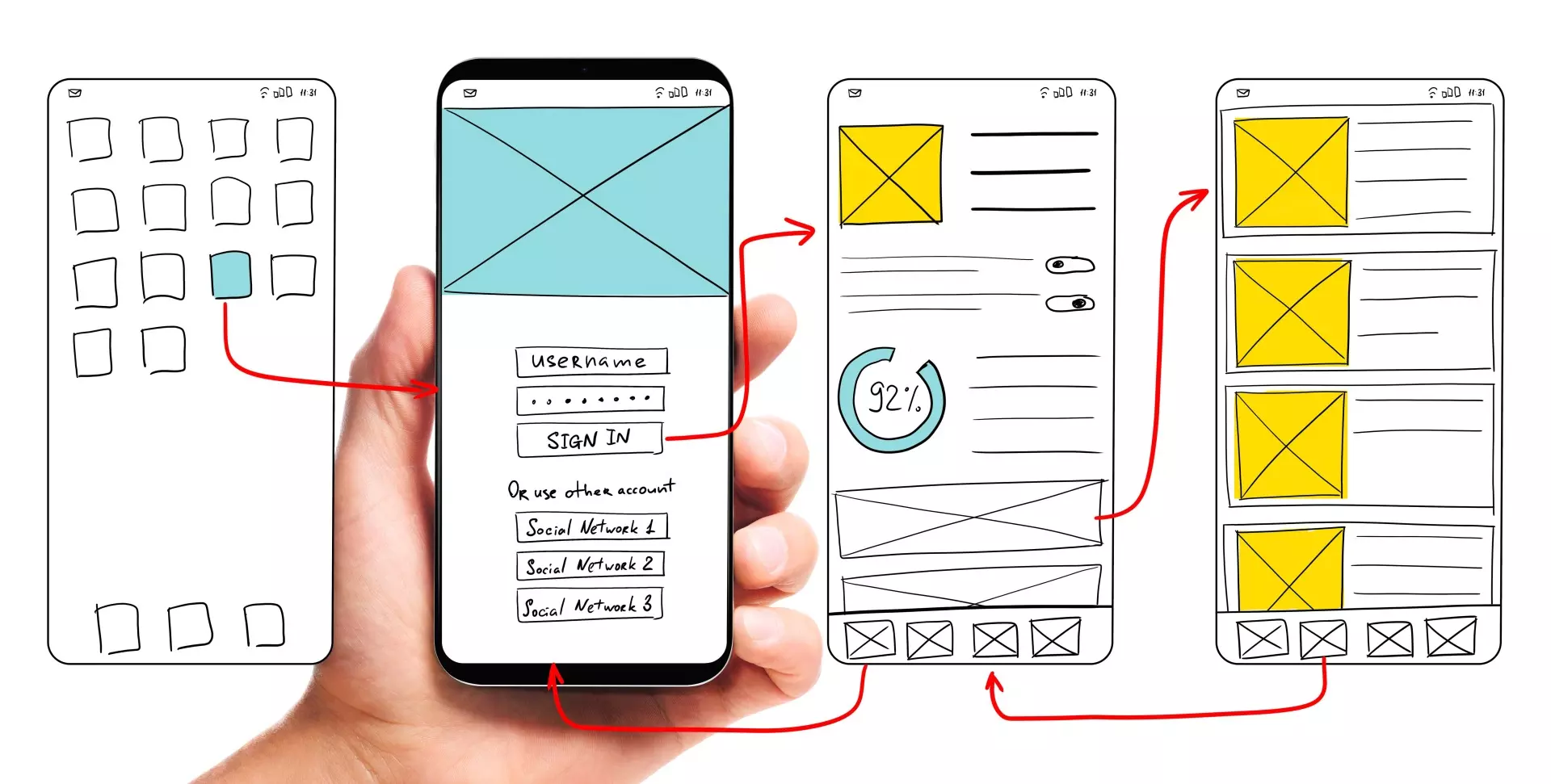Comments
- No comments found

People are the lifeblood of any business.
User experience designers know this all too well. That's because they get to interact with their users daily.
They know what frustrates them about the product and what makes them feel valued. One user's pain point can be a treasure of information for UX designers on how to improve a system.
UX design is a practice that aims to understand users and make their lives easier by solving problems. Your customers should be well taken care of by the time they leave your site; they will know you understand them and their needs.
By following the four practices outlined in this article, you can design user experiences that generate an emotional connection with the brand and its audience.

User interface (UI) design creates interfaces that users interact with to make a product work. UI design aims to create an interface that makes it easy and convenient for users to complete their tasks by eliminating unnecessary distractions, saving time, and reducing errors. A good UI should be simple, straightforward, and intuitive. The simpler it is for your users to understand using your site or app, the better their experience.
Make it simple for your users to access the features they need most and any secondary functions they might need in the future. An excellent way to create an intuitive UI is to have a flow diagram that shows the relationship between information, stages of a process, and locations on your website. If they can find what they want without having to click through multiple pages or search through menus, they'll be much happier with their experience.
An easy way to put your users at ease is to humanize your website or app. One way to do this is through chatbots, which can be programmed to answer questions and carry on a conversation. Talk to your customers as you would a friend by giving them the information they need in a casual, friendly manner.
Quite often, the greatest thing you can do for your users is to make them feel as if there is a natural person on the other side of the screen. Using first-person language, facial expressions, and even emojis can help humanize your website and connect with your users.
Another way to create a more human element to your site is by including emotional elements like photos of people or testimonials from customers. You can also have other features that demonstrate the real people behind the site and business. For example, you could allow customers to leave reviews, offer chat support, or include a full bio of staff members on an "About Us" page.
Relying on data is one of the best ways to ensure that you're making decisions and designing your site in ways that end-users will value. For example, you could conduct surveys or usability testing to get feedback directly from those who use it most. When performing these tests, be sure to ask open-ended questions to get detailed responses to guide you on how best to create your website or app.
To improve user experience, you must understand what users want from your product or site and why they're using it. You can gather this information from user testing sessions, where real people use your website or app and let you know their thoughts about the process. You can also collect data with online surveys and then look for trends in the information provided by respondents.

Testing your product on real users is the most effective way to ensure it engages in the best way possible. There are many types of testing, from A/B testing, where you present different versions of an interface and see which one performs better, to remote usability testing, where you record users as they try out your website or app. The critical thing here is not just to test the features of your interface but also the emotional response of your users. Do they feel happy using it? Are they frustrated, or are they confused?
Besides user testing the products, you should also test them in a controlled environment. This includes testing it at every stage of its development. Testing ensures that only the right features are released and implemented as expected. This helps keep your customers happy and engaged with your product.
Your UX design is very crucial in how customers will view your products. Users want an app or website that is easy to use, has an intuitive interface and displays all the information needed by the user on whatever device they use. When you create a website with the user in mind, you'll understand their pain points and offer solutions. As a result, they will feel valued.
Leave your comments
Post comment as a guest